In This Article
Subscribe to our newsletter
Introduction to Social Media Video Editing
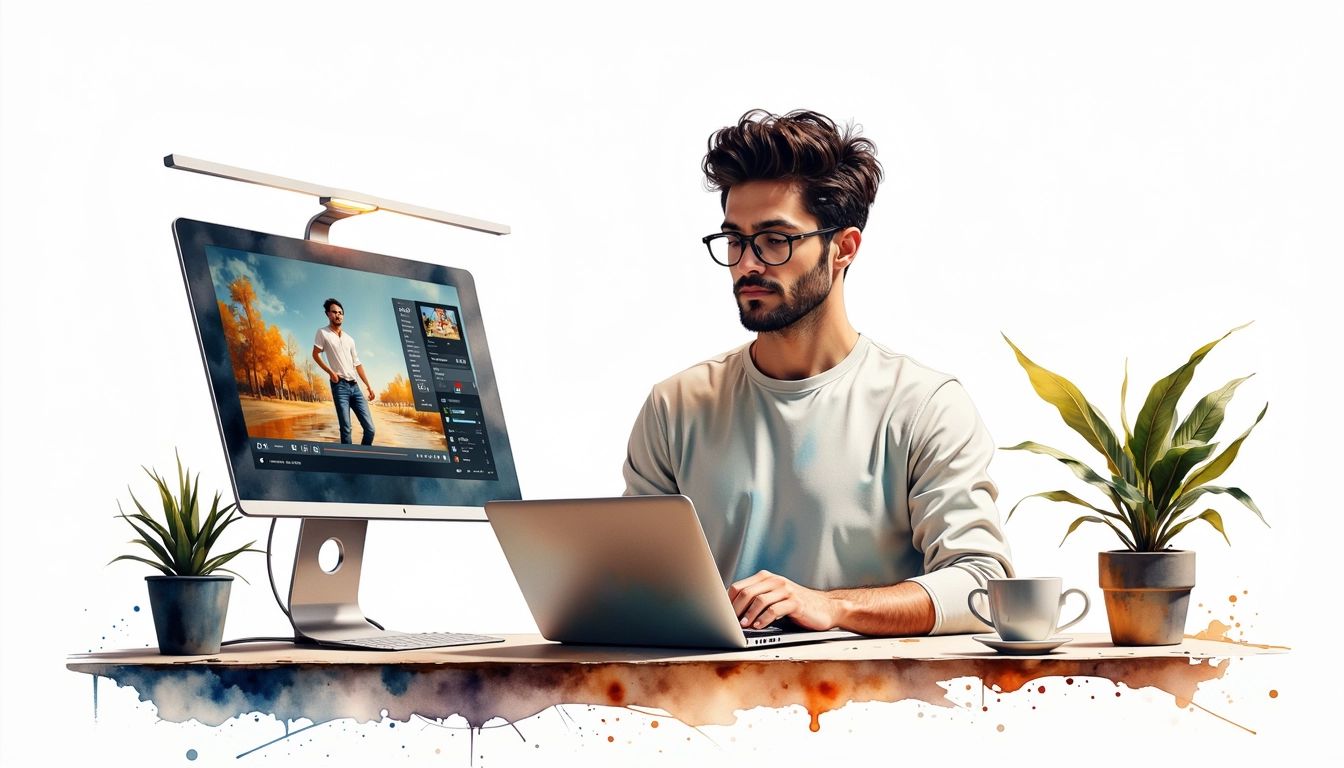
Social media isn't just about static images and text anymore. Video has become incredibly popular across platforms, often the main way people consume content. This makes video editing a key skill for anyone wanting to build an online presence, whether for personal branding, business marketing, or simply sharing life experiences. But what exactly is social media video editing, and why does it matter so much?
Why is Video Editing Crucial for Social Media?
Think about the last time you scrolled through Instagram, TikTok, or YouTube Shorts. Well-made, engaging videos probably grabbed your attention more than anything else. That's the effect of good video editing. It's the art of turning raw footage into compelling content, optimized for each platform. This includes everything from simple trimming and cuts to adding music, text, transitions, and even special effects.
Good video editing can help you:
- Grab Attention: In a crowded online world, getting viewers' attention quickly is critical. Dynamic editing makes videos more appealing and stops people mid-scroll.
- Tell a Story: Editing helps you structure your message, emphasize key moments, build suspense, and connect with your audience emotionally.
- Maintain Interest: Online attention spans are short. Clever editing, like quick cuts and smooth transitions, keeps viewers watching.
- Boost Brand Identity: Consistent use of fonts, colors, and transitions strengthens your brand identity and makes videos instantly recognizable.
- Increase Reach and Engagement: Well-edited videos are more shareable and have a better chance of going viral, increasing your reach and boosting interaction.
The Evolution of Social Media Video Editing
Social media video editing has changed a lot. Early videos were often unedited. Now, even beginners can access powerful editing tools directly on their smartphones. This has raised the bar for quality and makes having strong editing skills even more valuable. With 75% of video marketers using AI tools for video editing in 2023, technology is speeding up this evolution.
Beyond the Basics: Creating Impactful Content
Social media video editing isn't just about technical skills. It's about knowing your audience, what they like, and creating content that aligns with your goals. While technical skills are important, understanding the nuances of each platform, from aspect ratios to ideal video lengths, is just as crucial. Whether you're making a short TikTok video or a longer YouTube tutorial, mastering video editing is key to making your content stand out and achieve your goals online.
Essential Video Editing Tools and Software
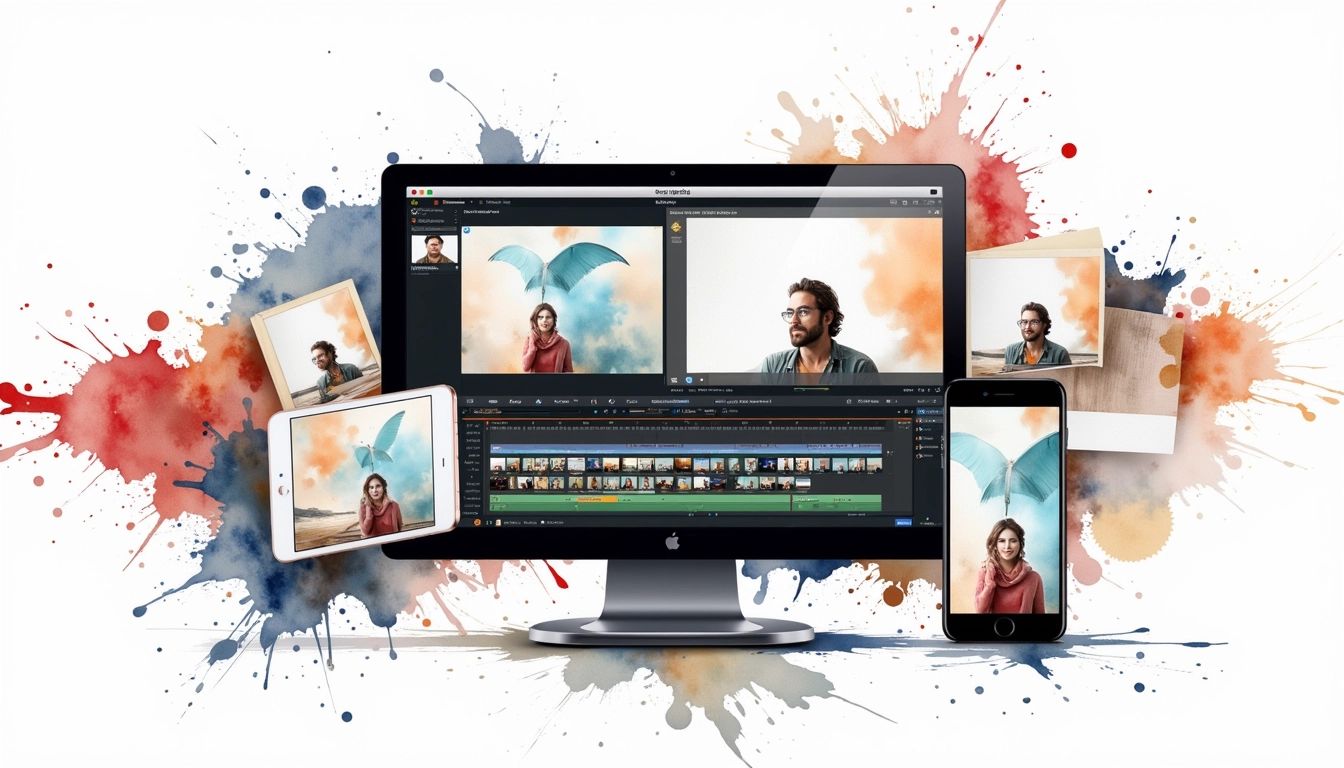
Ready to explore video editing? Before you start creating, you’ll need the right equipment. Just as a carpenter needs tools, a video editor needs software and a few key pieces of equipment. Thankfully, there are many options, from simple phone apps to professional desktop programs. Let's look at some of the most popular and useful tools for social media video editing.
Mobile Video Editing Apps: Editing on the Go
Social media is all about accessibility, and that includes video editing. Powerful editing apps are available on smartphones, making it easy to create engaging content anytime, anywhere. Here are a few favorites:
- InShot: This easy-to-use app has lots of features, including trimming, splitting, merging, adding music and text, and cool transitions and effects. It’s great for both beginners and experienced editors.
- CapCut: Known for its simple design and large collection of trendy sounds and effects, CapCut is popular among TikTok creators. It offers precise editing tools and creative options.
- VN Video Editor: This free app has a robust set of features, including keyframe animation, color grading, and advanced audio controls. It's a good choice for more professional editing on your phone.
- Adobe Premiere Rush: A simplified version of Adobe's Premiere Pro software, Rush offers a powerful yet accessible mobile editing experience. It’s perfect for creators who want professional quality combined with mobile convenience.
Desktop Video Editing Software: Unleashing Your Creativity
For more complex projects and detailed editing control, desktop software provides a wider range of features. While free options exist, investing in professional software can significantly improve your videos. Here are a few top choices:
- Adobe Premiere Pro: This industry standard is the choice of many professional video editors. It offers a complete set of tools for everything from basic editing to advanced color grading, visual effects, and audio mixing. It has a learning curve, but the creative possibilities are endless.
- Final Cut Pro: Apple's professional video editing software is known for its sleek design and intuitive use. It's popular with Mac users and offers powerful features for creating high-quality videos.
- DaVinci Resolve: This free software (with a paid Studio version for advanced features) is gaining popularity for its color grading abilities. It also offers a full suite of editing tools.
- Filmora: A more budget-friendly and user-friendly option, Filmora is perfect for beginners and intermediate editors. It comes with many effects, transitions, and royalty-free music.
Beyond Software: Essential Tools for Social Media Video Editing
Software is vital, but other tools can improve your video editing:
- A Good Microphone: Clear audio is crucial. A quality external microphone will dramatically improve your sound.
- Lighting Equipment: Good lighting can make your videos look much more professional. Even a basic ring light helps.
- Tripod or Stabilizer: Shaky footage can be distracting. A tripod or stabilizer will keep your shots smooth, especially when filming with your phone.
Finding the right video editing tools can feel overwhelming, but the goal is to choose what suits your skill level, budget, and creative style. Experiment to find the perfect fit. With the right equipment and some practice, you'll be creating captivating video content in no time.
Video Editing Techniques for Different Platforms
Now that we've covered tools and software, let's look at creating videos for different platforms. Each platform has its own audience, style, and technical requirements. What works on TikTok might not work on YouTube. Mastering platform-specific editing is key to making your content successful.
Instagram: Visually Driven Storytelling
Instagram is a visual platform focused on aesthetics and narratives. Here are some Instagram-specific editing tips:
- Aspect Ratio: Instagram supports different aspect ratios, but square (1:1) and vertical (9:16) videos typically perform best.
- Length: Keep Instagram videos short and engaging. Aim for under 60 seconds for feed posts, although longer videos work on IGTV.
- Style: Focus on high-quality visuals, captivating editing, and using trendy music and sounds.
- Captions: Write engaging captions that provide context, tell a story, and encourage interaction. Use relevant hashtags.
- Stories: Instagram Stories are ideal for quick, behind-the-scenes content. Use stickers, polls, and interactive features.
TikTok: Short, Snappy, and Trend-Driven
TikTok is all about short, catchy videos set to trending audio. When editing for TikTok, consider these points:
- Music and Sound: Sound is essential on TikTok. Use trending audio and music.
- Fast-Paced Editing: TikTok users have short attention spans. Use quick cuts and dynamic transitions.
- Text Overlays and Effects: Text, stickers, and creative effects are common on TikTok. Use them strategically.
- Trends and Challenges: Joining trends and using popular hashtags can greatly increase your video's reach.
- Vertical Video: TikTok is designed for vertical viewing. Use the 9:16 aspect ratio.
YouTube: In-Depth Content and Polished Production
YouTube is a platform for longer videos, allowing for detailed discussions, tutorials, and in-depth storytelling. Here's what to keep in mind:
- High-Quality Production: Invest in good lighting, sound, and video quality.
- Clear Audio: Clear audio is essential. Make sure your audio is easy to hear and understand.
- Engaging Storytelling: YouTube is a space for longer narratives. Craft interesting stories.
- Call to Actions: Encourage viewers to like, comment, subscribe, and visit your other online spaces.
- Thumbnails: Eye-catching thumbnails are crucial. Create custom thumbnails that accurately reflect your content.
Beyond the Big Three: Adapting Your Approach
While Instagram, TikTok, and YouTube are popular, it's important to adapt your editing to any platform you use. Consider the following:
- Facebook: Like Instagram, Facebook supports various aspect ratios, but square and vertical videos usually work well. Focus on storytelling and good visuals.
- Twitter: Twitter is fast-paced. Keep videos short and focused. Captions and hashtags are important.
- LinkedIn: LinkedIn is for professional networking. Create high-quality, informative videos related to your field.
By adjusting your editing style for each platform, you can create content that connects with your audience, maximizes engagement, and achieves your goals. Knowing each platform’s algorithm, audience, and technical aspects is just as important as your editing skills.
Creating Engaging Video Content
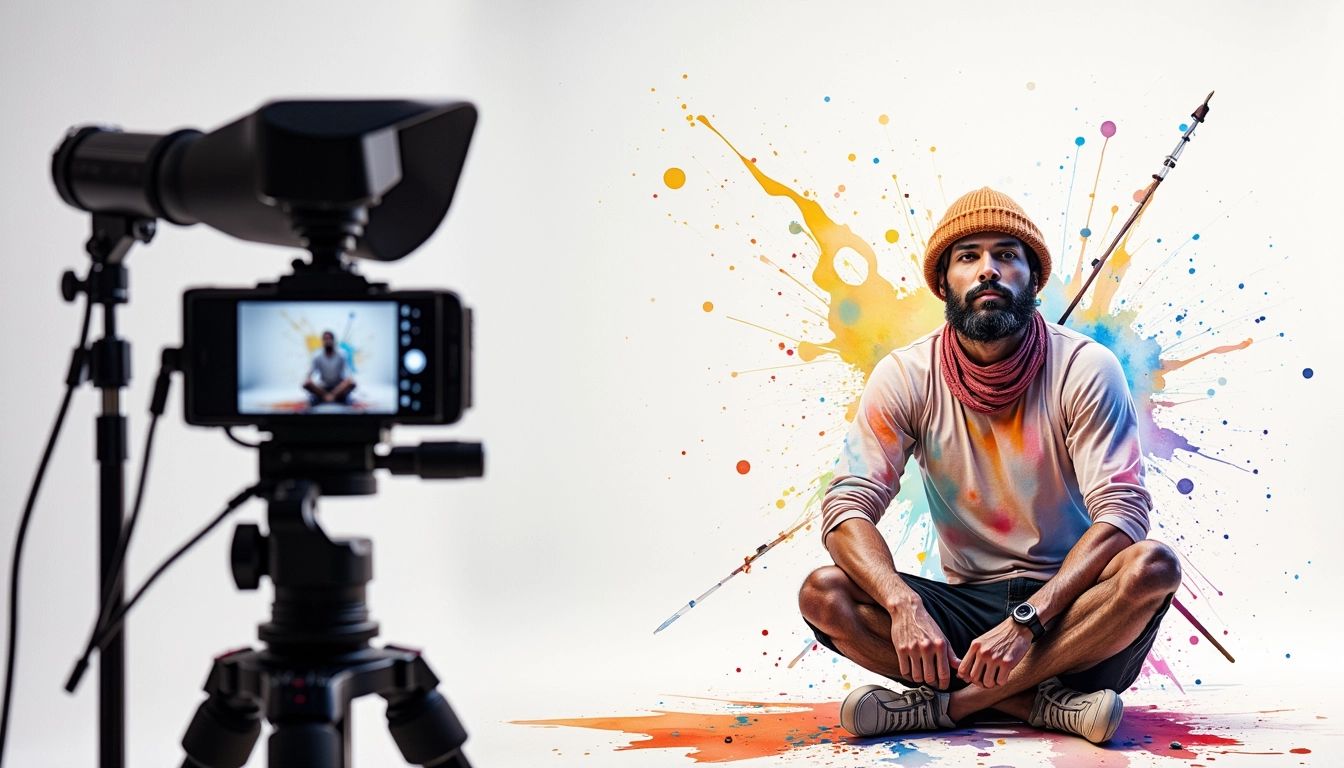
You have your tools and you understand the platforms—now comes the fun: creating engaging content! Video editing is more than just putting clips together. It’s about grabbing attention, keeping people interested, and making a lasting impression. You’re a storyteller, and your editing skills are your voice. Here's how to make compelling videos.
Understanding Your Audience
Before you start editing, think about who you’re trying to reach. What are their interests? What content do they enjoy? Understanding your audience is crucial for making videos that connect. Are you aiming for Gen Z on TikTok? You might want fast edits, trending sounds, and humor. Targeting professionals on LinkedIn? A more polished, informative approach is probably better. Knowing your audience shapes your editing choices, from music selection to pacing.
Planning Your Content
While spontaneity can be good, planning is important. A simple storyboard or outline can help you structure your narrative and ensure a logical flow. Think about your main message and how you can communicate it visually. Want to build suspense? Use slow-motion shots and dramatic music. Aiming for a lighthearted feel? Use quick cuts, upbeat music, and fun transitions.
Mastering the Art of Visual Storytelling
Visual storytelling is key to engaging videos. It's about using visuals to convey emotions, create a mood, and involve your audience. This involves careful shot selection, sequencing, and transitions. For example, a cut can show a change in time or location, while a dissolve can evoke nostalgia. Experiment with different transitions.
The Power of Sound
Sound is powerful in video editing. The right music or sound effects can elevate your video and create a more immersive experience. Think about the mood you want to create and choose music that fits your visuals. Fast-paced music can add energy, while slower music can create a sense of calm. Clear audio is also essential. Poor sound can be very distracting.
The Editing Process: Refining Your Masterpiece
Once you have all your footage, start editing. Begin by trimming and cutting clips to build a cohesive narrative. Add music, sound effects, text, and other elements to enhance your story. Don’t be afraid to experiment. Video editing is a process of discovery. The more you practice, the better you’ll become.
Optimizing Videos for Social Media
Creating great content is just the first step. You also need to optimize your videos for each platform. This means paying attention to technical details like video format, resolution, length, and captions. Getting these right can significantly increase your video's visibility and engagement.
Choosing the Right Video Format and Resolution
Different platforms prefer different video formats. MP4 usually works across most platforms, but understanding the specifics helps avoid issues. Resolution also matters. Higher resolutions look better but create larger files, which can affect upload speed and playback. Aim for a balance between quality and file size. 1080p (Full HD) usually works well. Vertical video (9:16) is essential for TikTok and Instagram Stories. Square videos (1:1) work on Instagram feeds.
Optimizing Video Length for Each Platform
Online attention spans are short. While YouTube allows for longer content, TikTok and Instagram prefer shorter videos. A 60-second video might work well on Instagram, but a 15-second edit is better for TikTok. Even on YouTube, shorter videos can perform better, with videos under 60 minutes having a retention rate of around 62%.
The Importance of Captions and Subtitles
Many people watch videos without sound. Captions and subtitles aren’t just for accessibility, they're essential for engagement. They help viewers understand your content even in quiet environments. Captions also improve SEO. With 64% of video marketers using captions, it's clearly a valuable practice.
Other Optimization Techniques
Other techniques can improve your videos:
- Use Eye-Catching Thumbnails: Thumbnails are the first thing people see. Make them visually appealing and representative of your content.
- Add Relevant Hashtags: Hashtags are important for being discovered. Use hashtags related to your niche.
- Engage with Your Audience: Respond to comments and questions. This can boost engagement and build a following.
Optimizing involves technical knowledge and strategy. By understanding each platform and using these techniques, you can improve your videos and maximize their impact.
Advanced Editing Tips and Tricks
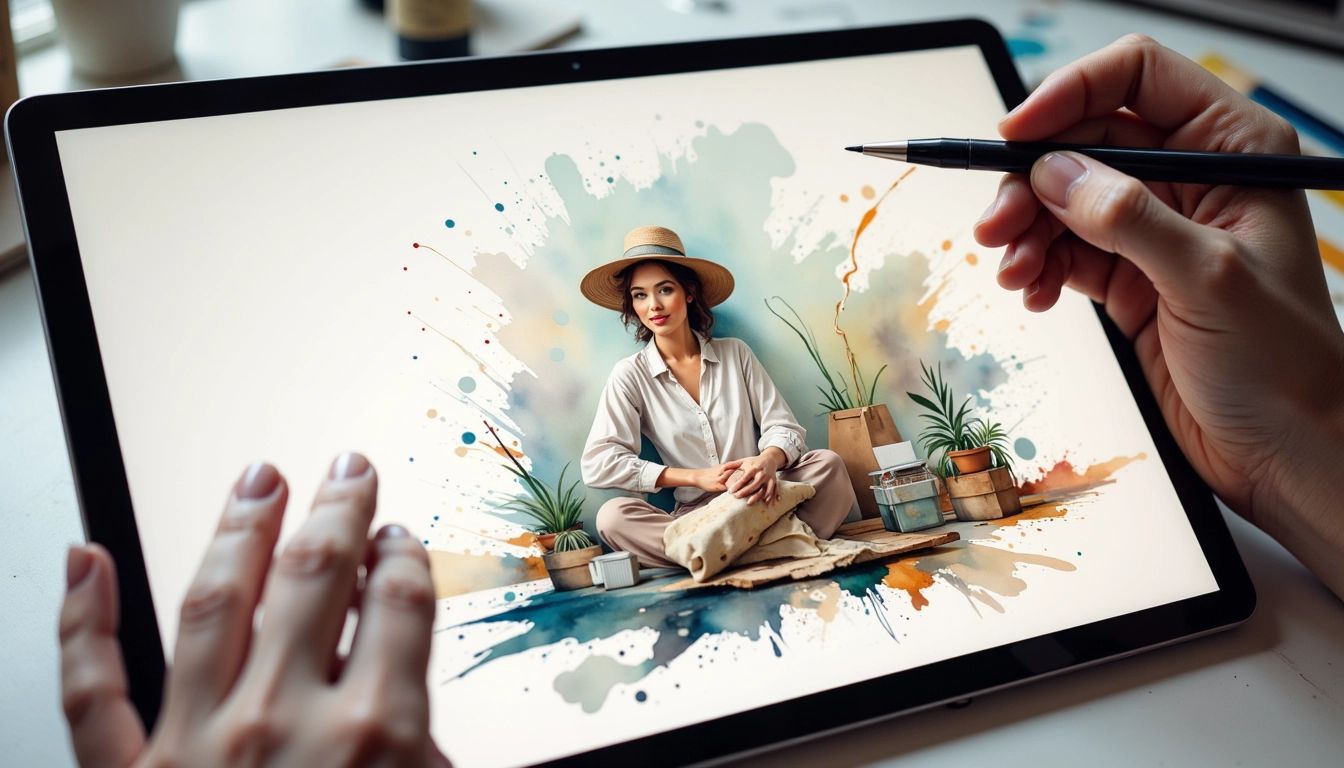
You’ve learned the editing basics, understand different platforms, and are creating good content. Now, improve your skills with some advanced techniques. These will make your content truly stand out.
Mastering the Art of Transitions
Transitions are more than just connectors; they’re a storytelling tool. While basic cuts are functional, exploring other transitions can add a polished look to your videos. Use cross dissolves for smooth transitions, or wipes for a more dynamic feel. J-cuts and L-cuts, where the audio overlaps the video, can add a professional touch and improve flow. Experiment with different transition styles and speeds.
Adding Text and Graphics
Text and graphics add context, humor, and visual interest. Think beyond basic titles. Use animated text, lower thirds, or callouts. Choose fonts that fit your brand and colors that complement your visuals. You can even use motion graphics and animation for extra polish.
Color Correction and Grading: Enhancing Your Visuals
Color correction and grading can transform your videos. Color correction fixes issues like white balance and exposure. Color grading is more creative, adjusting colors to create a certain mood or aesthetic. You can create a vintage vibe, a futuristic look, or anything in between. Many editing apps offer these tools.
Sound Design: More Than Just Music
Music sets the tone, but sound design involves all aspects of sound. Add sound effects to create impact and realism. A well-timed sound can enhance visuals and engage viewers more deeply. Experiment with sound mixing and layering. Clear audio is key, so ensure dialogue is crisp and easy to understand, and minimize background noise.
Keyframing: Taking Control of Your Animations
Keyframing gives you precise control over elements in your videos. You can animate text, graphics, or video effects. By setting keyframes at different times, you can create smooth, dynamic animations that add visual interest. Keyframing might seem difficult at first, but it can be a powerful editing tool.
Looking to streamline your video creation process, especially for social media? Aeon is a powerful platform designed for publishers that leverages AI to automate many aspects of video production. From text-to-video conversion to social media formatting, Aeon can help you create engaging videos efficiently. Check it out at https://www.project-aeon.com.




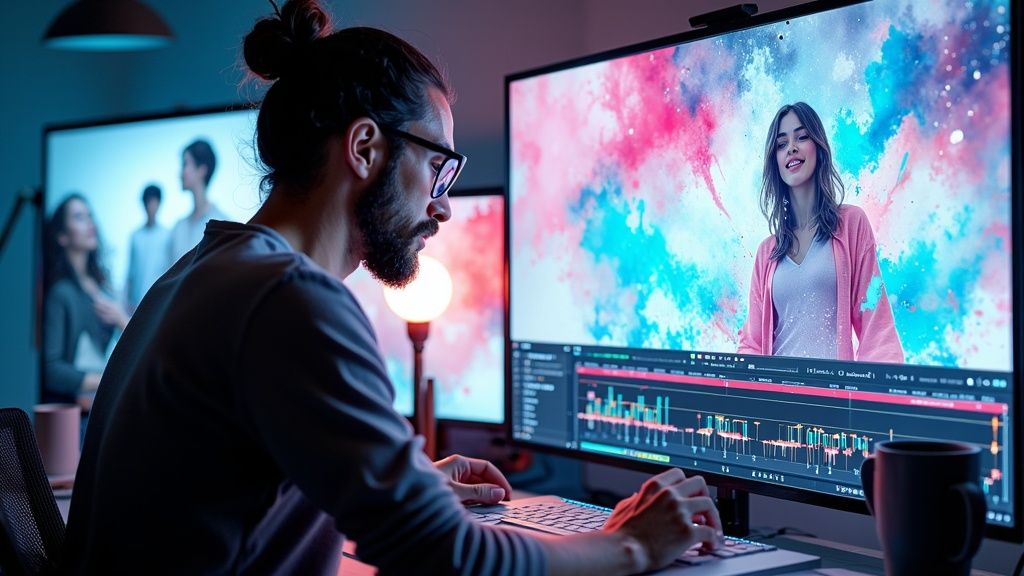

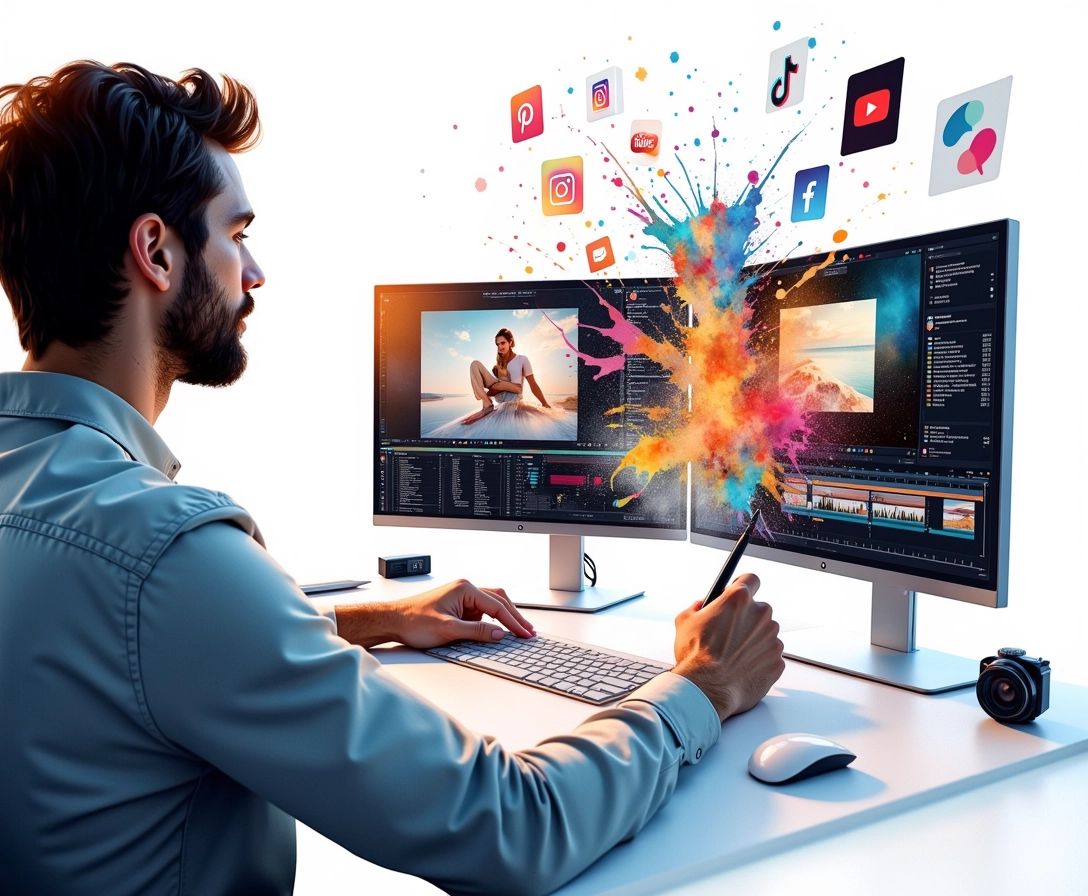
.jpg)